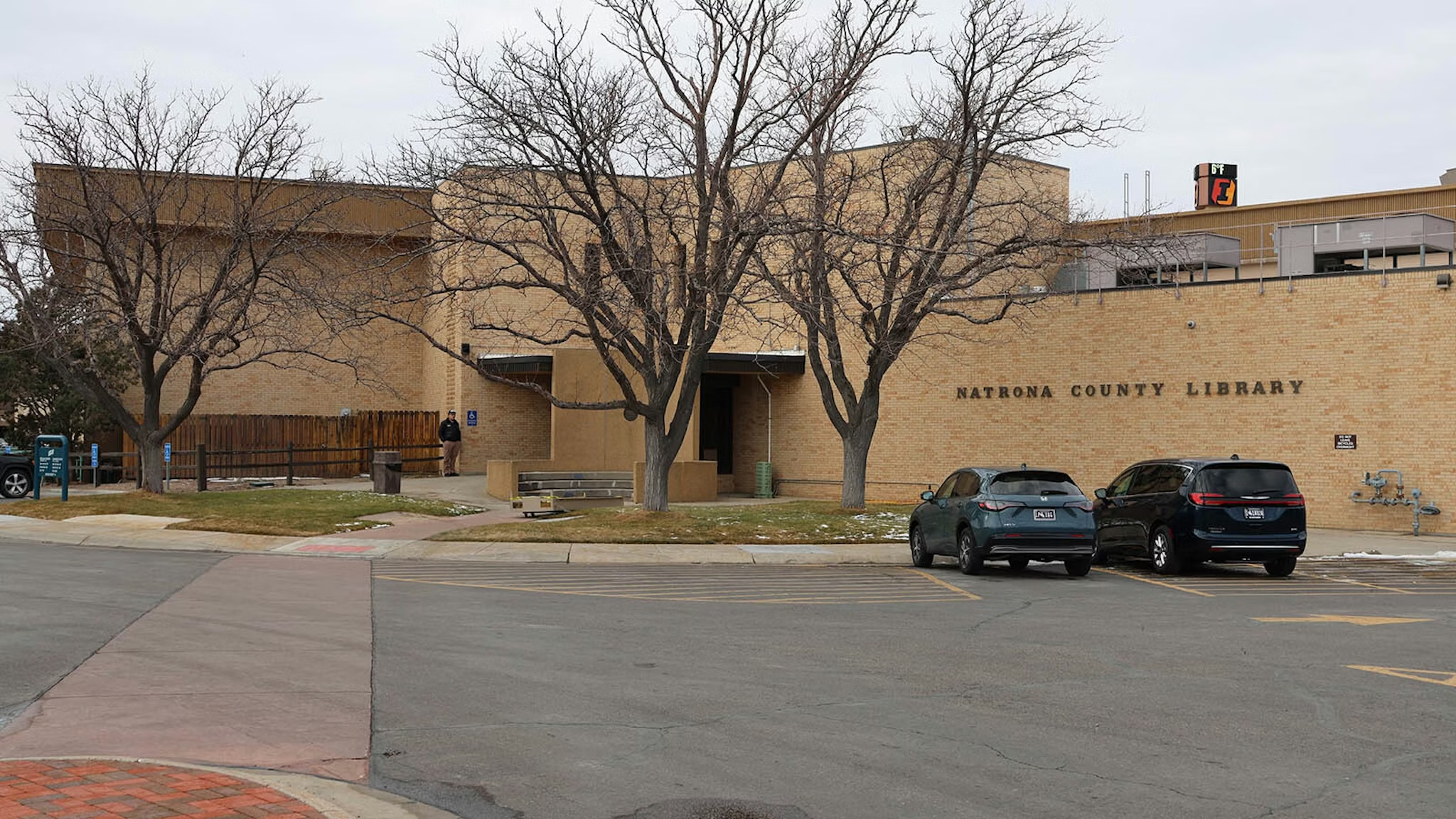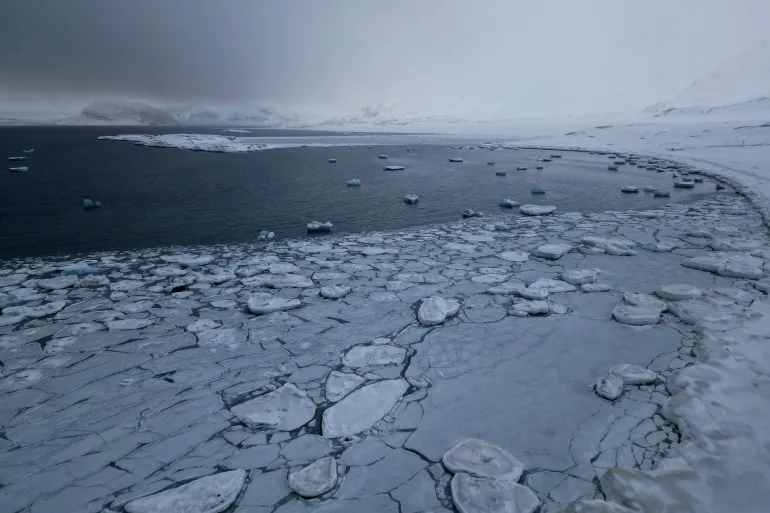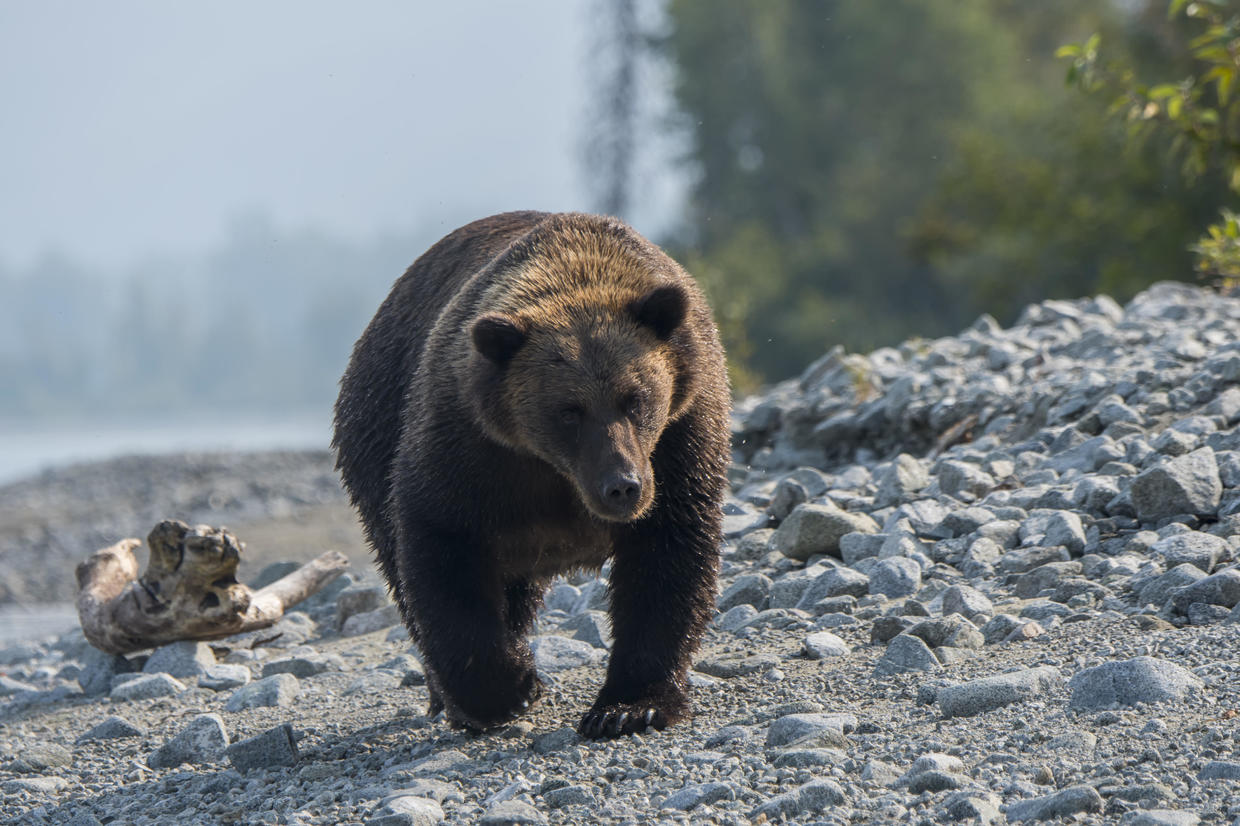Monitoring Mount Spurr: Potential Eruption Could Send Ripples Beyond Alaska

Mount Spurr, an active stratovolcano located about 78 miles west of Anchorage, Alaska, is under close surveillance as seismic activity beneath it continues to increase, Cowboy State Daily reports.
Scientists at the Alaska Volcano Observatory (AVO) have maintained Mount Spurr’s Volcano Alert Level at Yellow, the “Advisory” stage, since October 2024, signaling persistent, though not immediately threatening, volcanic unrest.
Recent updates from the AVO confirm ongoing shallow seismic activity, characterized by frequent small volcanic earthquakes detected beneath the mountain. While no eruption is imminent, the current unrest has heightened attention, particularly given the potential for widespread impacts.
Matthew Haney, scientist-in-charge at AVO, explained that although there was a recent decrease in ground deformation and seismicity, the volcano’s behavior remains unpredictable.
“The chances of an eruption are higher now than they were when there wasn’t shallow magmatic activity,” Haney noted.
However, magma accumulation near the surface does not guarantee an eruption, as it could stall without breaking through.
If Mount Spurr does erupt, its primary threat would not be molten lava but volcanic ash. During its last major eruption in 1992, Mount Spurr sent ash plumes over 65,000 feet into the atmosphere, affecting areas thousands of miles away. That ash traveled across Alaska and into the upper atmosphere above parts of the continental United States, including Wyoming, although it did not result in ground ashfall there.
The implications of another eruption could reach beyond Alaska, potentially disrupting air travel and affecting air quality across North America. Volcanic ash poses a serious hazard to aviation, as it can damage jet engines by forming molten deposits that solidify inside turbines. Given Anchorage’s status as a major cargo and passenger air hub, swift action would be necessary to mitigate risks in the event of an eruption.
Comparisons have been drawn to the 2010 eruption of Iceland’s Eyjafjallajökull volcano, which severely disrupted trans-Atlantic air travel. However, scientists like Mike Poland, scientist-in-charge at the Yellowstone Volcano Observatory, emphasize that Mount Spurr’s potential impact would likely be far less dramatic due to differences in eruption dynamics and geography.
Meanwhile, attention has also turned to Wyoming, home to the Yellowstone supervolcano. Despite common concerns about Yellowstone’s volcanic threat, Poland reassures that its likelihood of eruption is exceedingly low, with most volcanic activity deeply buried and showing no signs of imminent danger. Instead, minor hydrothermal explosions, like the recent activity at Black Diamond Pool, represent Yellowstone’s most realistic hazards.
Interestingly, Mount Spurr, more than 2,000 miles from Wyoming, currently presents a greater risk to Wyoming’s skies than Yellowstone itself. If winds direct an ash cloud southward, it could interfere with airspace over the region, although the probability of significant ground effects remains slim.
The current prognosis suggests that Mount Spurr’s activity may be diminishing slightly, with no sulfur dioxide emissions detected recently—an encouraging sign. Nevertheless, AVO and its partners remain vigilant.









The latest news in your social feeds
Subscribe to our social media platforms to stay tuned